A recently floated proposal by Donald Trump to impose heavy tariffs on imported branded and patented pharmaceuticals has ignited debate across health, trade, and policy circles. While the aim is to encourage U.S. drug manufacturing, analysts warn there are serious questions that must be addressed before the plan can even begin to be implemented fairly or effectively.
What the Proposal Would Do
Under the plan, pharmaceutical imports that fall under the “branded or patented” category would face tariffs of up to 100 percent—unless the company can demonstrate that it is currently building or expanding manufacturing operations in the U.S. The theory is to push companies to invest domestically rather than rely on overseas production.
However, the proposal is vague in many respects. It does not clearly define which drugs or components are covered, how exemptions will be judged, or how enforcement would work across supply chains.
Five Critical Questions Experts Want Answered
1. Which drugs are truly targeted?
While the proposal mentions branded, patented medicines, it is uncertain whether that includes intermediate ingredients or active pharmaceutical components. If those are swept in, the policy could affect many more drugs than intended.
2. Will patients end up paying the cost?
Raising import costs may lead companies or distributors to shift the burden to patients—through higher prices, co-pay increases, or reduced insurance coverage—especially for expensive treatments with limited alternatives.
3. Can health insurers and public health programs absorb the shock?
In the short term, insurers or government health agencies might absorb additional costs to avoid disrupting patient access. But over time, sustained pressures may force them to cut benefits, restrict formularies, or reduce coverage in other areas.
4. Will tariffs actually spur U.S. manufacturing?
Building pharmaceutical production facilities is capital-intensive, heavily regulated, and slow. Many companies already planning U.S. expansions may benefit, but smaller firms or those with deeply integrated global supply chains may find it too costly or risky to adjust.
5. How enforceable is the plan, legally and technically?
The plan faces major legal challenges. Disputes may arise over definitions (for example, what qualifies as “under construction”), exemptions, trade treaty conflicts, and the ability to verify compliance. Without clear rules, enforcement could become inconsistent or contested.
Broader Implications & Risks
- Innovation slowdown: Reduced margins for branded medicines could lead companies to scale back R&D, especially in high-risk or early-stage drug development.
- Supply chain disruption: Many drug ingredients are imported or processed globally. Tariffs could create bottlenecks, delays or shortages, even for medicines not directly targeted.
- Uneven impact: Large pharmaceutical firms may have the resources to comply or absorb cost shocks, while smaller biotech and niche drug makers may find themselves at a disadvantage.
- Trade backlash: Countries whose exports are hit may retaliate or pursue legal complaints, leading to trade escalation.
- Public and political backlash: Patients, advocacy groups, or lawmakers may view the tariffs as a threat to access to essential medicines—a politically sensitive area.
What Comes Next
Much hinges on the policy’s fine print. Observers will watch for:
- How exemptions and criteria are defined and enforced
- Whether legal challenges emerge from companies or foreign governments
- How quickly firms respond—by accelerating U.S. investment or revising global supply chains
- Impacts on drug pricing, insurance plans, and patient access
- How the political landscape shifts, especially if public sentiment turns against perceived threats to healthcare access
Trump’s tariff proposal is bold and disruptive, but its ultimate success depends on resolving deep uncertainties in implementation, enforcement, and sectoral impacts. For now, many experts view it as a high-stakes gamble—with patients and innovation potentially on the line.



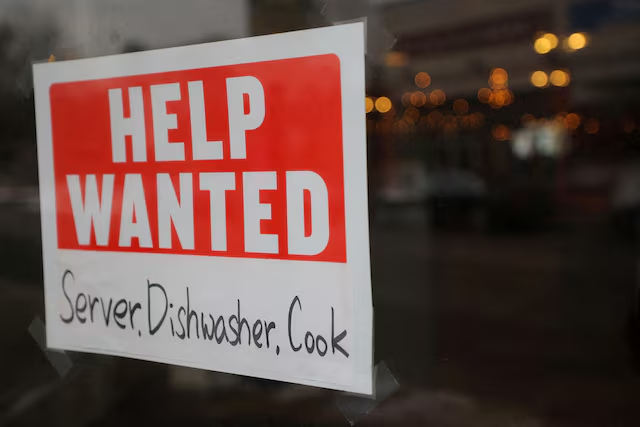
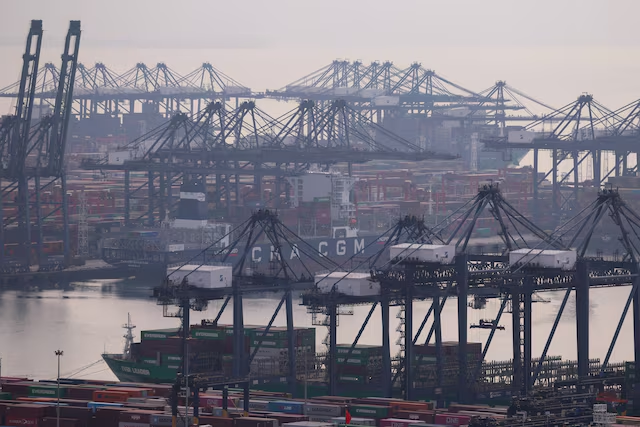
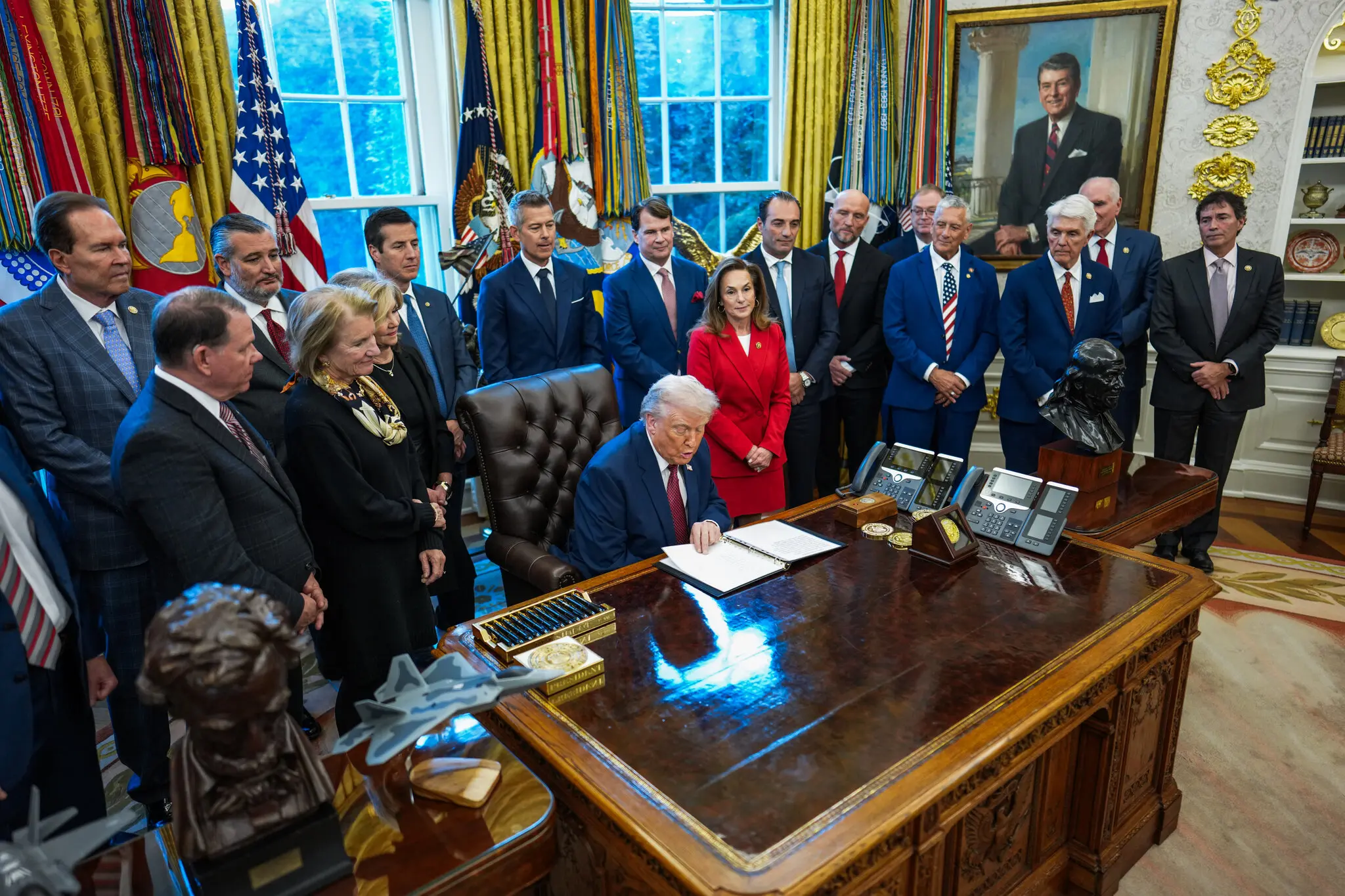




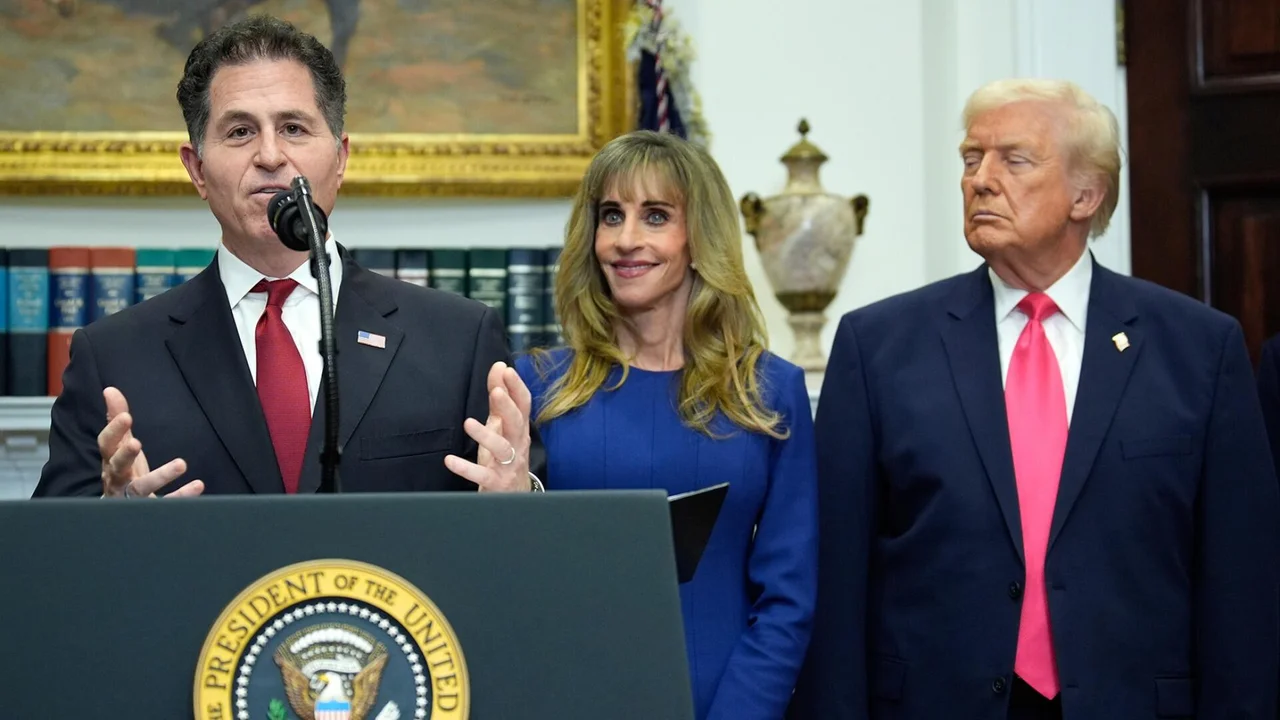



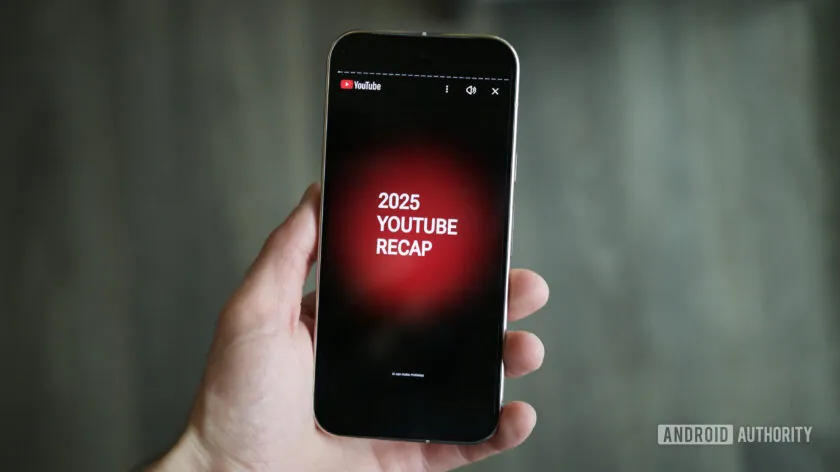
Leave a Reply